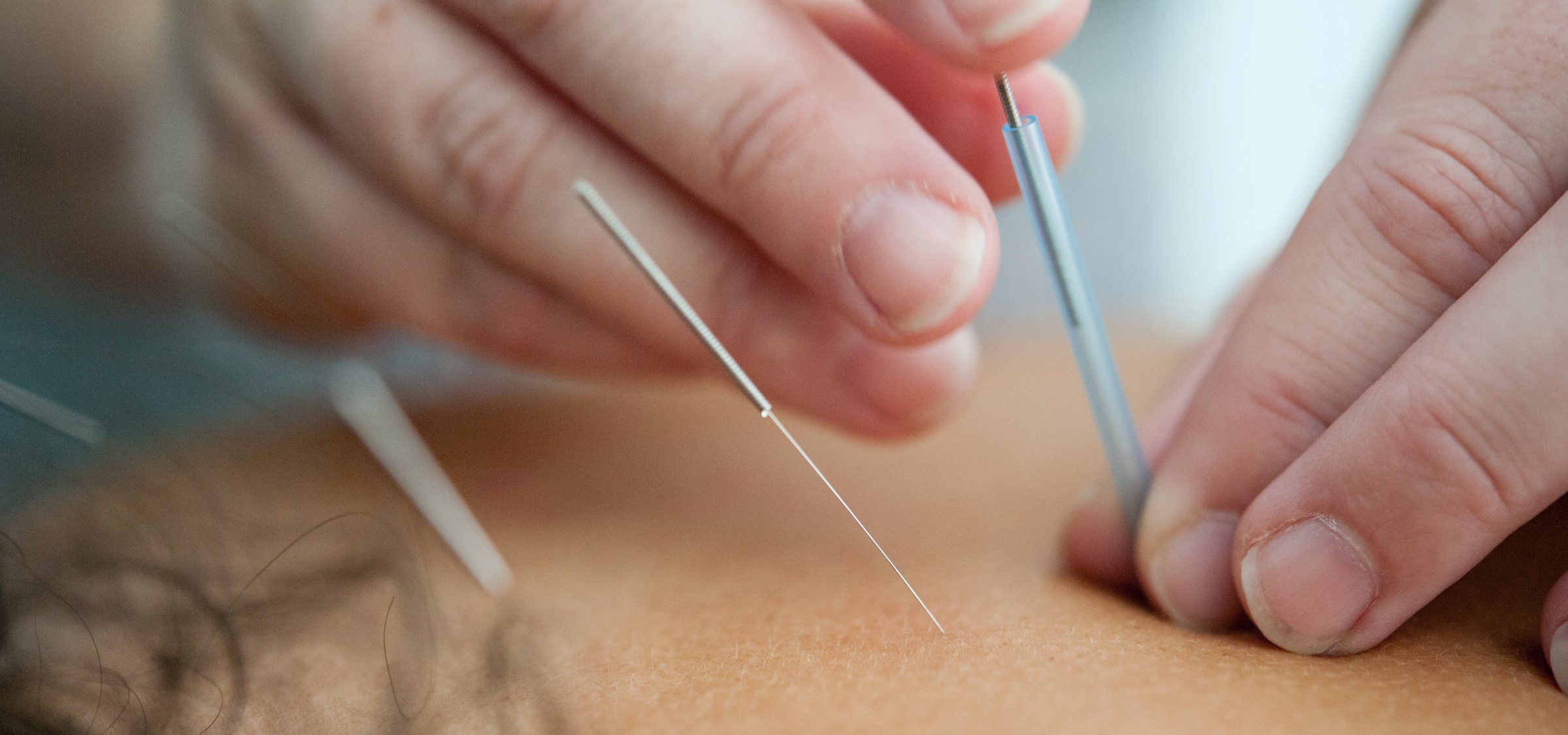Main idea: The Tiaoshen acupuncture method combined with electroacupuncture has a significant effect in the treatment of IBS-D, can significantly reduce the symptoms of abdominal pain, abdominal distension, and diarrhea in patients, effectively improve patients’ quality of life and depression condition, the effect is better than the simple electroacupuncture treatment.
Abstract
The main goal of the research was to compare the clinical effect between Tiaoshen acupuncture methods combined with electroacupuncture and electroacupuncture alone in the treatment of diarrhea-type irritable bowel syndrome (IBS-D).
A total of 76 patients with IBS-D were randomly divided into a Tiaoshen group (38 cases, 2 cases dropped off) and an electroacupuncture group (38 cases, 1 case dropped off). The electroacupuncture group was treated with acupuncture for 30 min. The bilateral Tianshu (ST 25) and the same side of Zusanli (ST 36) and Shangjuxu (ST 37) were connected to EA (discontinuous wave, 1 Hz in frequency, 4-6 mA in current intensity). In the Tiaoshen group, the Tiaoshen acupuncture method was added on the basis of the EA group. The acupoints were Baihui (GV 20), Shenting (GV 24), and Benshen (GB 13), and the needles were retained for 30 min. Both groups were treated once a day, 6 days as a course of treatment, with an interval of 1 day between treatment courses, and a total of 4 courses of treatment were required. The IBS symptom severity scale (IBS-SSS) score, IBS quality of life scale (IBS-QOL) score, and Hamilton depression scale (HAMD) score were observed before and after treatment in the two groups, and the clinical effect was evaluated.
After treatment, the total effective rate in the Tiaoshen group was 94.4% (34/36), which was higher than 78.4% (29/37) in the electroacupuncture group (P<0.05). The IBS-SSS and HAMD scores of both groups after treatment were lower than before treatment (P<0.05), while IBS-QOL scores were higher than before treatment (P<0.05). Moreover, the changes of the above scores in the Tiaoshen group were higher than those in the EA group (P<0.05).
Source CNKI













Leave a Reply
You must be logged in to post a comment.